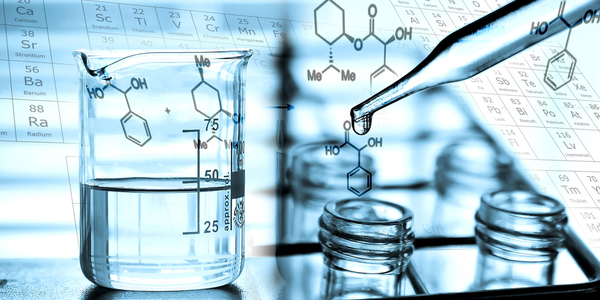
Water is the source of all life. In Sterile Processing, it’s the lifeblood of the sterilization process. Because water quality affects instrument staining dramatically, we’d like to share the importance of water from manual to mechanical wash stages, the quality of the water used, and how it affects instrumentation.
According to AAMI TIR34: 2014/(R)2017 Technical Information Report: Water for the reprocessing of medical devices, water is separated into categories of Utility and Critical. Utility Water is the water as it comes from the tap that might require further treatment to achieve the specifications. This water is mainly used for flushing, washing, and rinsing. Critical Water is defined as the water that is extensively treated (usually by a multi-step treatment process) to ensure that the microorganisms and the inorganic and organic material are removed from the water.
From the Greatest to the Least
In a perfect world, these sometimes pathogenic and harmful microorganisms would not enter our water system, and our surgical instrumentation quality would always reach our expectations. Yet, as we have all experienced, instrumentation comes with challenges during the processing stages. The science of sterilization is extensive, from water quality and its characterization to chemistries and temperatures used to achieve sterility. So, to deliver the science, we must begin at the beginning. How is utility and critical water used? What can their effects be on the instrument? How does it affect the process steps we take as Sterile Processing Technicians.
Point of Use
The first step for reprocessing an instrument starts at the point of use as the surgical technologist removes gross bioburden from the instrument. As they prepare for transportation at the end of the surgical case, they should apply a pretreatment product to help break down proteins and others on the instrument. Utility Water in the decontamination area plays an important role in removing the pretreatment from the instrument. During the manual wash, instruments should be placed in a cold water rinse with running tap water or soaked in cool water. This helps to prevent coagulation of any body fluids and rinses/removes pretreatments that can interfere with the cleaning process. Utility Water can be utilized in the manual cleaning process, but the final step of manually washing must be critical water.
Critical water utilized as the final rinse in a manual and mechanical wash is the best practice standard. Items that are not submersible or able to be washed and disinfected in a Mechanical Washer Disinfector must assure the same quality of care given to those mechanically washed. So, the final rinse for items that may be sent through a pass-through window in a decontamination area to the assembly area should be with critical water.
As the water is utilized in a decontamination area, water quality activity behind the scenes should be considered, even educated to the sterile processing technicians. Although we may take water from a faucet for granted, we as processing professionals should become familiar with water testing and consider the characteristics of water. According to AAMI TIR 34, “ongoing monitoring should be performed to ensure that the water quality is maintained. If water quality is not monitored, the water treatment system could become heavily contaminated with microorganisms and could contribute to corrosion, staining, and increased microbial levels after reprocessing. We should be aware that patient risks may be elevated during times when the water quality is not adequate.”
We'll continue with Part 2 of this article next month, where we'll explore how to spot water quality trouble and include a handy troubleshooting guide.

